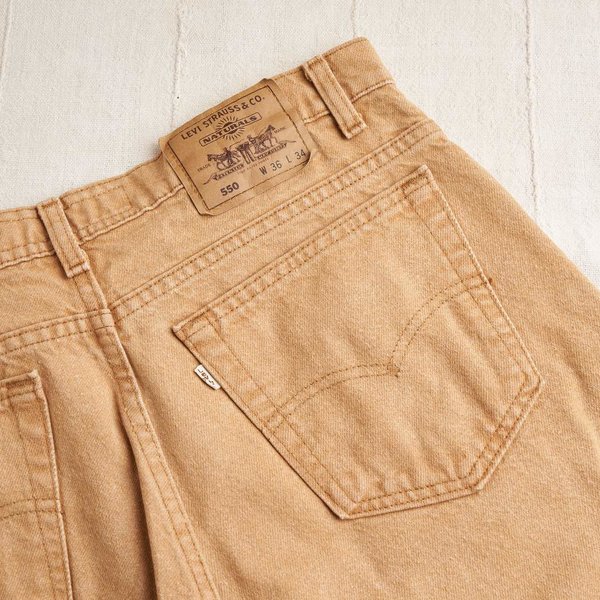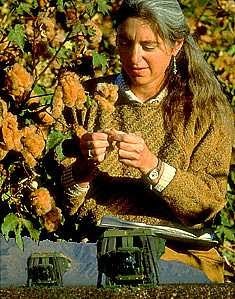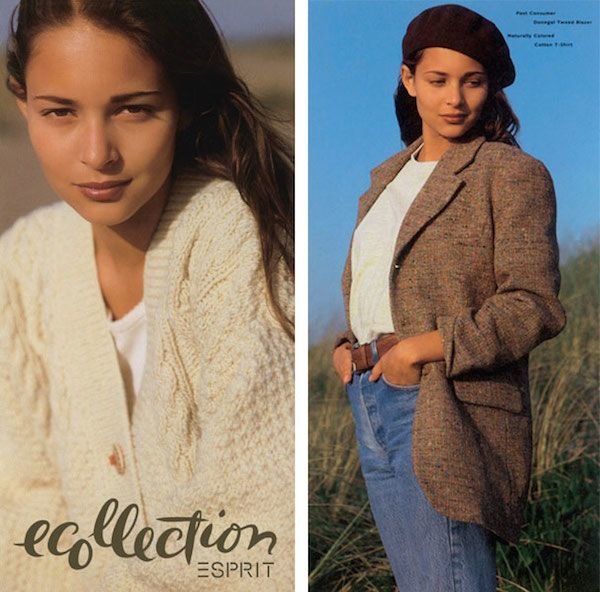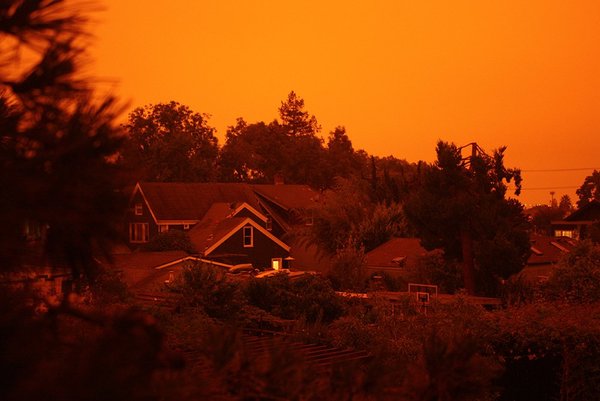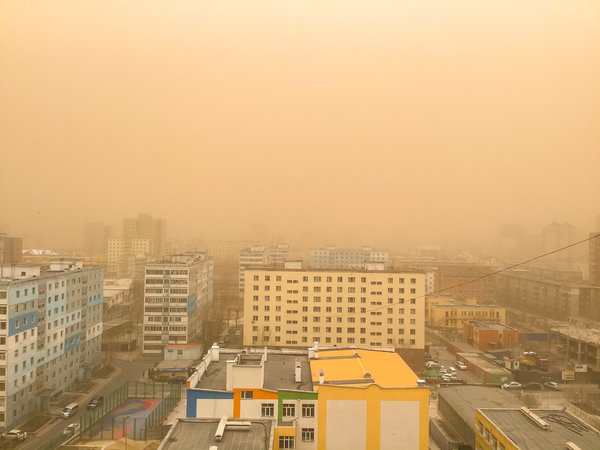Phileas Fogg
Distinguished Member
- Joined
- Feb 9, 2020
- Messages
- 4,712
- Reaction score
- 4,468

Tragedy of the Common Cashmere — Die, Workwear!
If you were to shop for a cashmere sweater today, you’d be buried in options. Over at Mr. Porter, you can find nearly 250 models, ranging from chalky pastel turtlenecks to NBA intarsias selling for about $1,750. More affordably, J. Crew’s “Everyday Cashmere” collection retails for just under...dieworkwear.com
the real tragedy is that there is a commons. If it were private property, I wonder how different it would be.



